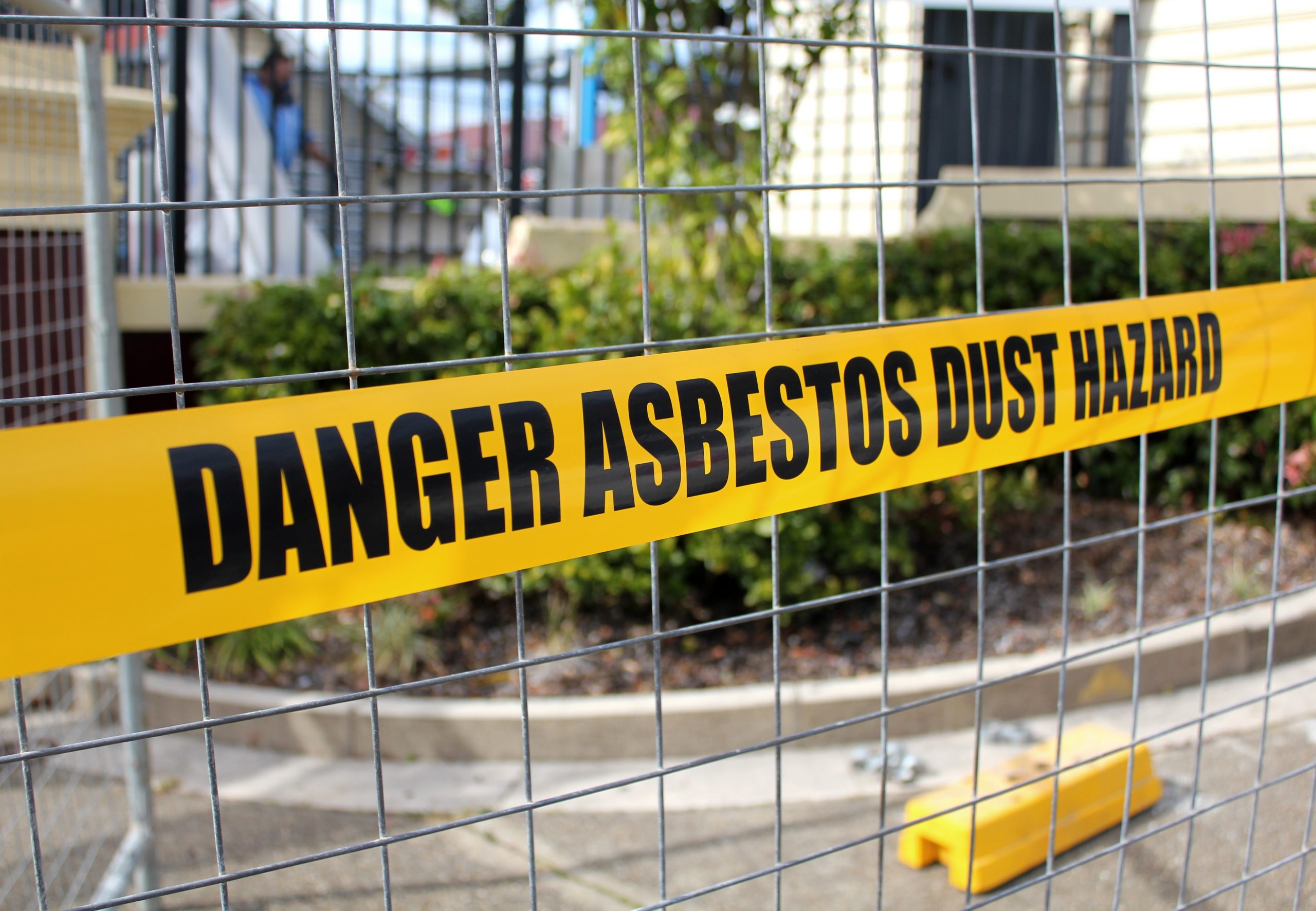Asbestos is a name given to several naturally occurring fibrous materials, crystallised to form fibres. They are minerals that do not dissolve in water and are resistant to heat, fire, and chemical and biological degradation. However, Asbestos is mechanically strong and is dangerous enough to lead to 5,000 deaths per year due to exposure to it.
Even the United Kingdom outlawed the materials back in 2000, they could still be within buildings and in the ground present when they were first used in construction. It might be dangerous for contractors or people coming across Asbestos at work while carrying out maintenance trades.
But which types of Asbestos are primarily found in demolition? Before anything else, it will help to take a closer look at what it is.
What Is Asbestos?
Asbestos is a fibrous material utilised in the 1950s until the 80s for building purposes. Up to this day, countries such as Brazil, Russia, South Africa, and China still mine it. It is combined with cement or turned into fibres worldwide, making it an effective electrical and building insulation material.
The UK bans Asbestos due to numerous cases of lung disease among construction workers after coming in contact with it. Currently, over fifty countries are prohibiting the use of Asbestos. However, other countries worldwide still use the material, such as India, China, Russia, and Indonesia.
The Different Types of Asbestos
There are two sub-groups of Asbestos; serpentine or white Asbestos, and amphiboles which can include blue and brown Asbestos—while the former is the more commonly used material in construction. Meanwhile, the name Asbestos caters to six unique minerals belonging to the two mineral families.
1. Chrysotile
Chrysotile or White Asbestos is most often contaminated with traces of Tremolite. The fibres of this mineral are delicate and contain high flexibility and excellent heat resistant components. Chrysotile is white and silky, but the colour of the aggregate in veins is rather green or yellowish. It is ideal for use with cement, roofing materials, brake pads, and linings.
2. Amosite
Amosite or Brown Asbestos is one of the more hazardous types of Asbestos. Primarily mined in South Africa, it is a solid and heat-resistant type of Asbestos used in cement sheets, plumbing, and electrical systems. Occupational exposure to Amosite may lead to an increased risk of lung cancer, mesothelioma, and pulmonary fibrosis.
3. Crocidolite
On the other hand, Crocidolite or Blue Asbestos stands as the most hazardous Asbestos type from the amphibole family. The fine fibres from it may easily lodge in the lungs through inhalation. Studies show that it is too dangerous to the point where illnesses may lead to death compared to other types.
4. Tremolite
Meanwhile, people recognise Tremolite for its heat-resistant properties and ability to be woven into fabric. Hailing from the amphibole family, it has strong fibres that people can inhale or ingest. However, people no longer mine it due to its link with cancer and other diseases due to Asbestos.
5. Actinolite
You can find Actinolite in paints and sealants with fibres and are typically dark in colour. It is a brittle, fibrous material that widens when you heat it, making it useful if you require insulation materials. Therefore, Actinolite is applied in structural fireproofing and insulation.
6. Anthophyllite
Lastly, Anthophyllite is an Asbestos type used in consumer products, usually in cement and insulation materials. Falling under the amphibole family, it has long, needle-like fibres you can quickly inhale into your lungs. The material ranges from brown to yellowish, composed of magnesium and iron.
Conclusion
Intact Asbestos materials are less likely to cause harm to humans. However, it may influence various health issues and disorders once struck, making work-induced contamination dangerous, especially for contractors. However, as long as your company ensures everyone’s safety, no one should suffer from the harmful materials.
Frank Smalley Demolition is a commercial demolition company with over forty years of experience within the demolition industry. Our goal is to provide safe and effective demolition services through our demolition experts within Devon & Cornwall. Help us understand your demolition requirements by getting in touch.


